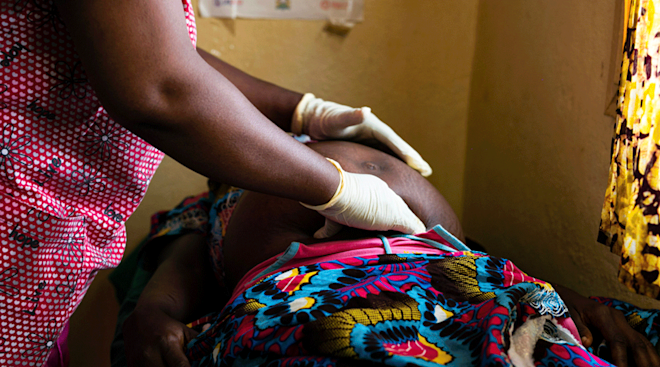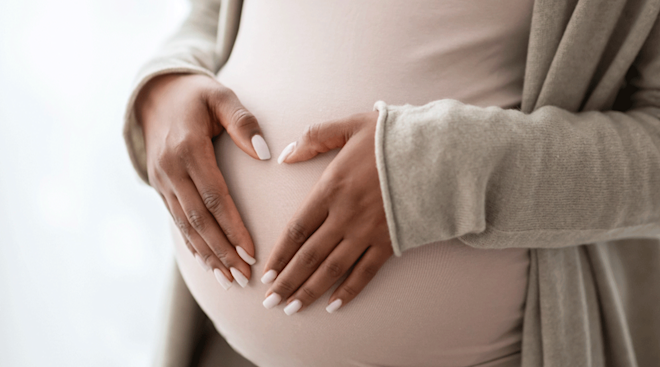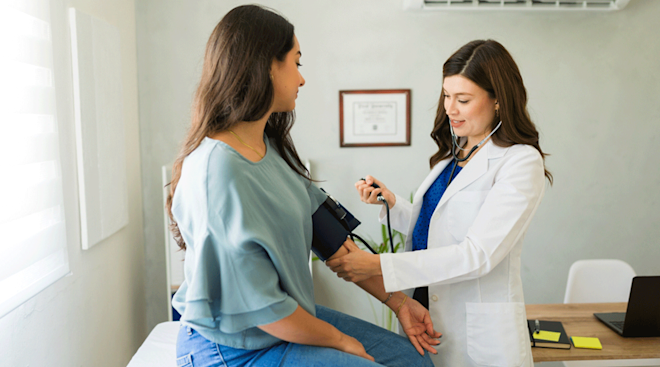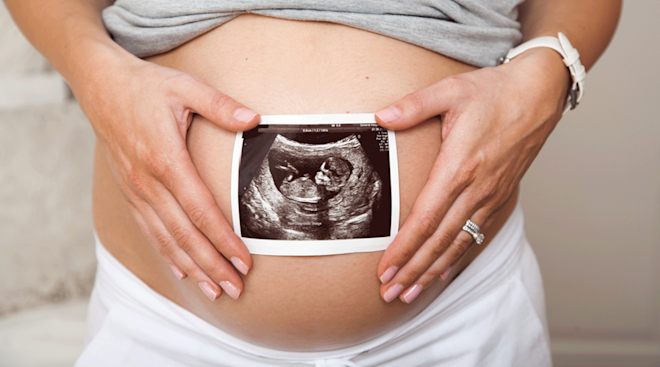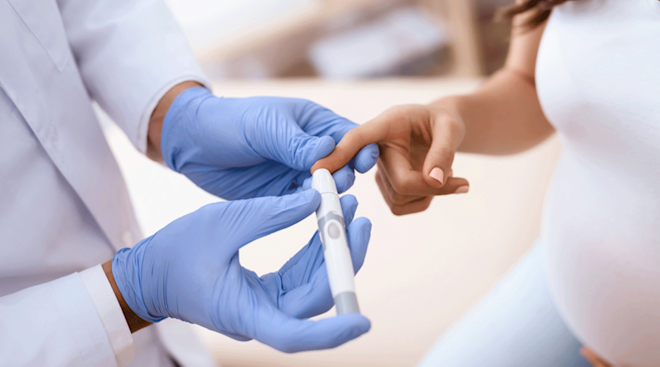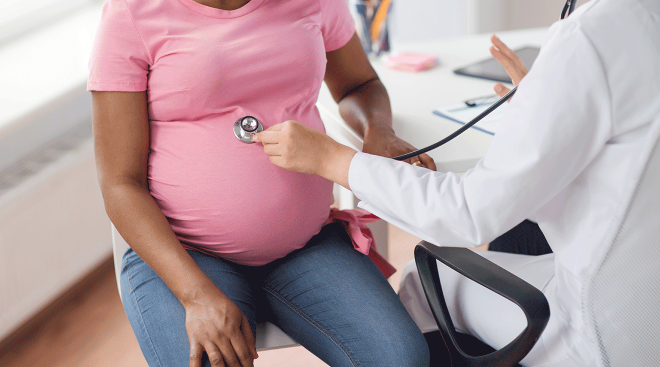Here’s How to Protect Yourself From Dangerous Blood Clots During Pregnancy
Everyone’s blood is meant to clot, but women are at a higher risk for developing a dangerous blood clot during pregnancy. That’s because your blood clots more easily to lessen blood loss during labor and delivery. And, as pregnancy progresses, there is less blood flow to the legs because the blood vessels around the pelvis are pressed upon by your growing baby.
The good news—if discovered early, venous thromboembolism (VTE), which is a fancy scientific name for blood clots, in soon-to-be moms may be prevented and even treated. The National Blood Clot Alliance (NBCA) and the Centers for Disease Control and Prevention (CDC)’s Stop the Clot, Spread the Word campaign is a go-to guide during pregnancy to help you learn important steps to prevent these dangerous blood clots from forming.
First and foremost, know the tell-tale signs and symptoms associated with blood clots. There are two different type of blood clots: deep vein thrombosis (DVT) and pulmonary embolism (PE). DVT is a clot in the arms and legs and is associated with swelling, pain and red or irritated skin.
PE clots can be life-threatening because they are clots in the arms and legs that travel to the lungs. Symptoms include difficulty breathing, chest pain, coughing up blood, and a faster than normal or irregular heartbeat. If you experience any of the red flag symptoms associated with DVT or PE, make sure you talk to your doctor ASAP.
Even if you don’t seem to have any of these symptoms, it’s always a good idea to speak with your doctor about any factors that may increase your risk for blood clots, or to let them know if someone in your family has ever experienced a blood clot.
It may seem a little overwhelming—and yet another thing on the long list of concerns to keep in mind while pregnant—but preventing blood clots can be easy once you know what to look for. Be sure to complete this helpful blood clot prevention checklist, and then talk to your doctor so you can “stop the clot” and “spread the word.”
Please note: The Bump and the materials and information it contains are not intended to, and do not constitute, medical or other health advice or diagnosis and should not be used as such. You should always consult with a qualified physician or health professional about your specific circumstances.
Navigate forward to interact with the calendar and select a date. Press the question mark key to get the keyboard shortcuts for changing dates.


































